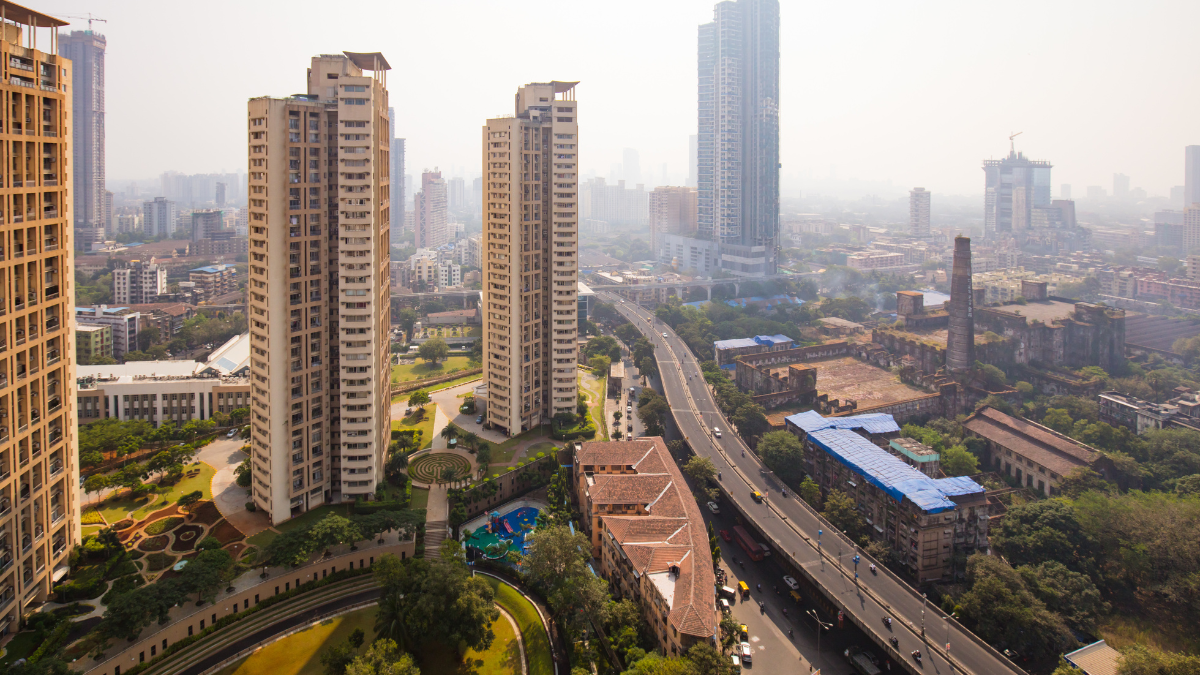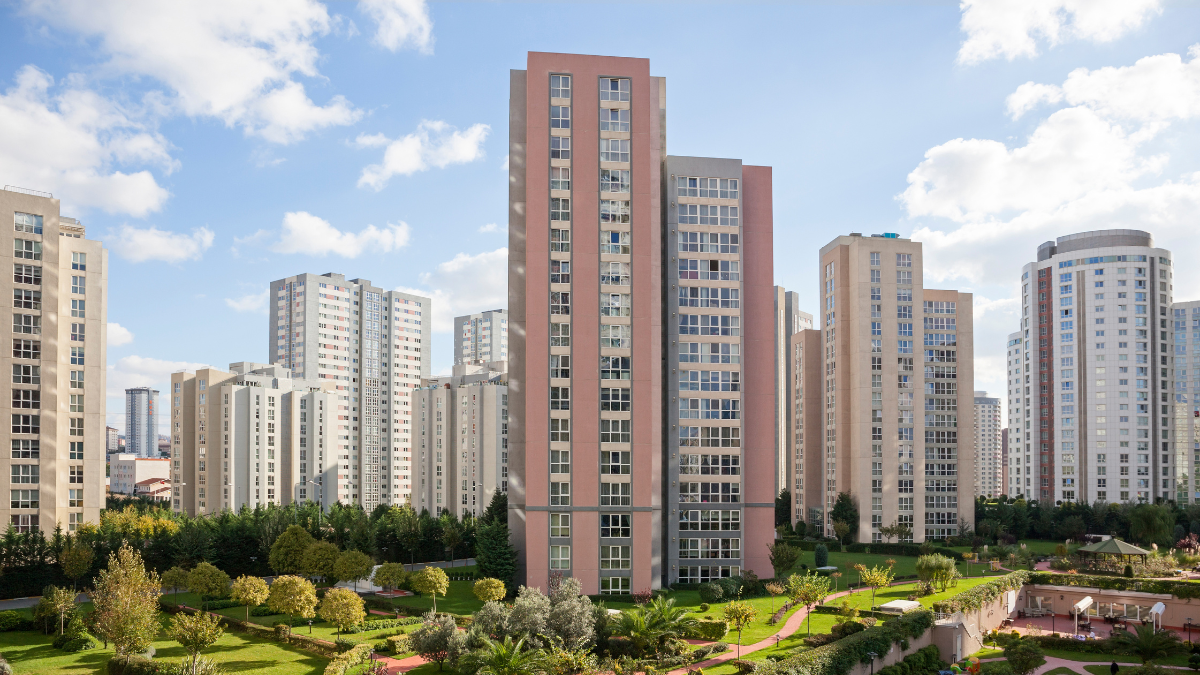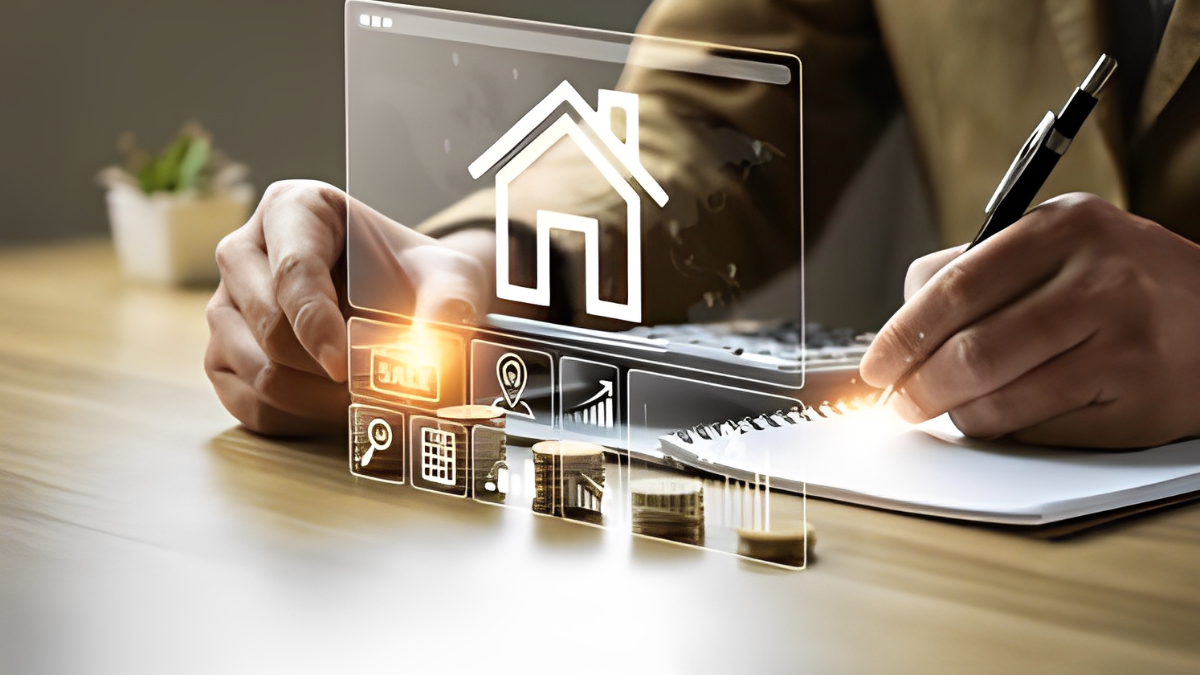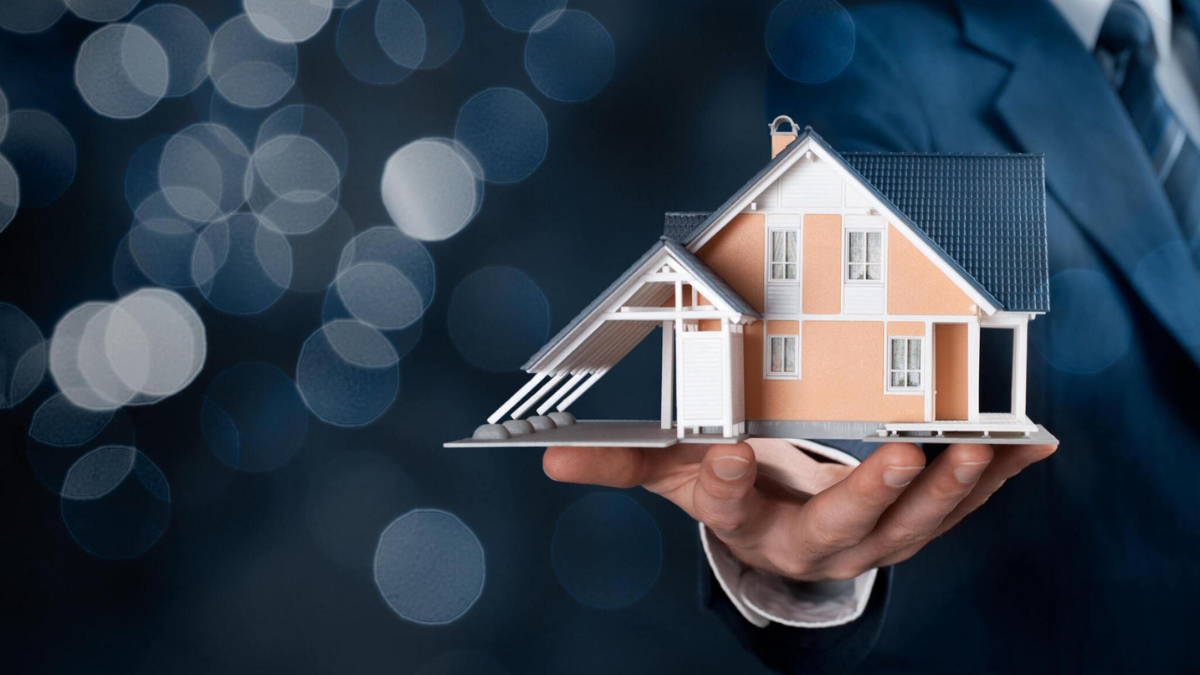
The Impact of Urbanization on Real Estate Development
July 25, 2023 . Real-Estate Industry . 10 min readUrbanization has caused a significant transformation in India’s population distribution, leading to an increasing number of individuals relocating from rural to urban areas. The allure of better education, employment opportunities, and improved quality of life has made metro cities like Mumbai prime destinations for urban migration.
Consequently, this urbanization trend has propelled growth in various sectors, particularly in the real estate industry. This article delves into the effects of urbanization on real estate and its potential future prospects.
What is Urbanization?
Urbanization refers to the process by which an increasing proportion of a country’s population migrates from rural areas to cities and towns, leading to the growth and expansion of urban settlements. This phenomenon is typically driven by factors such as industrialization, economic opportunities, improved infrastructure, and better living standards in urban centers. As people move to cities, the size and density of urban populations rise, accompanied by the development of urban infrastructure, housing, and services.
Shift Towards Community-Oriented Living
Urbanization has sparked significant developments in both commercial and residential real estate segments, resulting in the construction of high-rise buildings, malls, hotels, and other properties. To meet the rising demand for housing and commercial spaces, real estate developers have actively invested in urban areas.
A notable shift has occurred from merely providing housing to creating entire communities, popularizing concepts like gated communities, integrated townships, and smart cities. The trend is driven by people’s changing lifestyles, which have led to the development of amenities and infrastructure like schools, hospitals, parks, and entertainment facilities, making city living more comfortable and convenient.
Emphasis on Sustainability
As urbanization continues to reshape India’s population distribution, there has been a significant shift in the real estate sector’s approach toward sustainability. With growing awareness of the environmental impact caused by rapid urban development, developers have recognized the pressing need to adopt more eco-friendly and energy-efficient building practices.
This shift in focus is driven by the understanding that sustainable construction not only contributes to environmental conservation but also offers tangible benefits to developers and occupants alike. By incorporating green building techniques, such as the use of renewable energy sources, energy-efficient appliances, and sustainable materials, real estate developers are striving to reduce their ecological footprint and create structures that are more in harmony with the environment.
Integration of Technology
As India’s urban landscape continues to be shaped by rapid urbanization, the future of the real estate market is set to undergo a revolutionary transformation through the seamless integration of technology. Recognizing the potential that technology holds in redefining the construction and real estate industry, developers are increasingly leveraging cutting-edge innovations to streamline processes, enhance efficiency, and address the evolving needs of urban dwellers.
One of the primary areas where technology is making a significant impact is in the construction processes. Advanced construction technologies, such as Building Information Modeling (BIM) and prefabrication, are becoming increasingly prevalent. BIM facilitates the creation of digital representations of buildings, enabling developers to simulate and optimize various design options before physically constructing the property. This not only reduces the likelihood of errors during construction but also enhances collaboration among stakeholders, resulting in faster project completion and cost savings.
Prefabrication, another technological advancement, involves the off-site manufacturing of building components that are later assembled on-site. This approach not only speeds up construction but also reduces material wastage and labor costs. Moreover, prefabricated materials can be engineered for energy efficiency, contributing to the sustainability aspect of real estate development.
The Booming Indian Real Estate Market
The future of India’s real estate market appears promising due to the initiatives undertaken by the government and real estate developers. The growth is driven by urbanization, infrastructure development, and economic expansion, creating a robust market. As cities grow and more people migrate to urban areas, there’s a rising demand for modern living spaces.
Developers are investing in sustainable and community-oriented projects to cater to these needs. Moreover, government policies promoting affordable housing and easing regulations have further fueled the industry’s growth. With a growing economy and increasing urban population, the real estate market in India is set to thrive, offering exciting opportunities for investors and developers, and contributing to the nation’s progress.
Conclusion
Urbanization has been a crucial force driving the evolution of today’s real estate market. Community-centric living, sustainability, affordable housing solutions, and technological integration have all played pivotal roles in driving the market’s growth. With projections indicating that the Indian real estate market may reach $1 trillion by 2030 (according to a joint report by NAREDCO and EY), there are positive prospects for both homebuyers and real estate developers.



